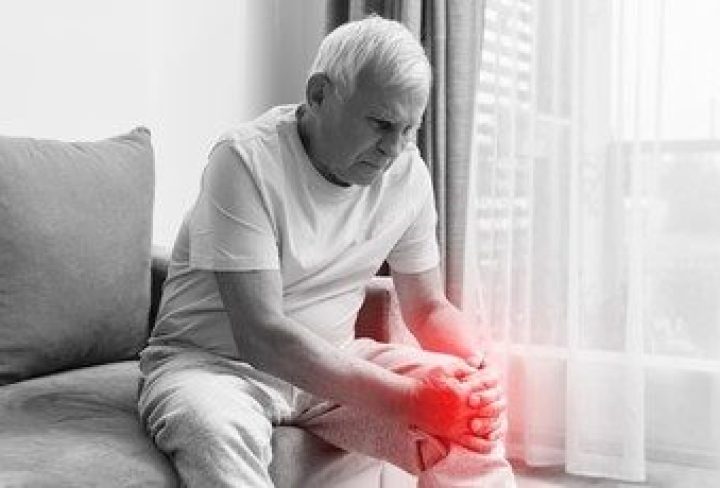Knee osteoarthritis, often referred to as wear-and-tear arthritis, is a condition characterized by the gradual loss of cartilage, the natural cushioning between joints. As this cushioning diminishes, the bones within the knee joint come into closer contact, resulting in pain, swelling, stiffness, limited mobility, and even the development of bone spurs.
Who Can Develop Knee Osteoarthritis?
While knee osteoarthritis is more prevalent among older individuals, it can affect people of all ages, even young adults.
Several factors contribute to the development of knee osteoarthritis, including:
- Age
- Weight
- Genetic mutations
- Gender (more common in women aged 55 and older)
- Repetitive Stress Injuries (kneeling, squatting, or lifting heavy weights)
- Athletics (soccer, tennis, or long-distance running may be at a higher risk)
- Other Illnesses (Rheumatoid arthritis and metabolic disorders, such as iron overload or excess growth hormone)
Symptoms
Knee osteoarthritis manifests in various ways, and its symptoms may include:
- Pain
- Swelling
- Stiffness
- Reduced mobility
- Creaking sounds
Diagnosis
Diagnosing knee osteoarthritis starts with a physical examination and medical history assessment.
Tests include;
- X-rays
- Magnetic Resonance Imaging (MRI
- Blood tests
Treatment Options
Managing knee osteoarthritis aims to relieve pain and enhance mobility. A comprehensive treatment plan may include:
- Weight Loss
- Exercise
- Over-the-counter medications
- Corticosteroids
- Alternative Therapies (Capsaicin creams, acupuncture, and supplements)
- Braces
- Physical and Occupational Therapy
- Surgery (Arthroscopy, osteotomy, and arthroplasty)
Prevention
- Maintain a Healthy Weight
- Exercise regularly
- Opt for balanced nutrition (fruits, veggies, whole grains, and lean proteins)
- Use knee protection and proper form in high stress activities
- Prevent knee strain by not overdoing repetitive movements
- Maintain good posture to reduce knee stress
- Wear supportive, comfortable foot wear
- Keep joints lubricated by drinking enough water
- Strengthen leg muscles for added knee support
Understanding knee osteoarthritis and its multifaceted treatment options empowers individuals to make informed decisions about managing this common joint condition.

